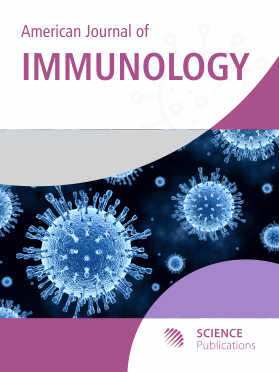The Ruggiero-Klinghardt (RK) Protocol for the Diagnosis and Treatment of Chronic Conditions with Particular Focus on Lyme Disease
- 1 Sophia Health Institute and Klinghardt Academy, United States
Abstract
Here we describe the Ruggiero-Klinghardt (RK) Protocol that is based on integration of Autonomic Response Testing (ART) with diagnostic ultrasonography and on application of therapeutic ultrasounds; the latter are used as a provocation tool and as an instrument to optimize drug uptake and utilization in specific areas of the body. This protocol consists of a precise sequence of diagnostic and therapeutic procedures with the ultimate goal of improving sensitivity and specificity of diagnosis at the same time evaluating and optimizing efficacy of treatments in chronic conditions including, but not limited to, persistent Lyme disease. The RK Protocol represents a paradigm shift in diagnostics and therapeutics: Thus, compartmentalized microbes, transformed cells, toxins and metabolites could be detected using a safe and non-invasive method. In addition, the RK Protocol allows optimization of efficacy of drugs and other therapeutic interventions. Although the RK Protocol was initially developed for persistent Lyme disease, it shows significant potential in conditions ranging from cancer to neurodegenerative diseases and autism. In oncology, the RK Protocol may serve to facilitate early diagnosis and to increase sensitivity of cancer cells to the killing effects of a variety of remedies ranging from conventional radio- and chemotherapy to more recent forms of immunotherapy. Thus, the 1st goal of the RK Protocol is diagnostic: That is, to make pathogens, toxins, transformed cells and cells infected by viruses that are inaccessible to conventional diagnostic and therapeutic tools, "visible" to the therapist who can detect them with laboratory methods and deal with them with appropriate interventions; and also to make them "visible" to the immune system that can fight them in a physiological manner. The 2nd goal is to optimize drug uptake and utilization in the organs and tissues studied and targeted with these procedures.
DOI: https://doi.org/10.3844/ajisp.2017.114.126

- 23,334 Views
- 30,031 Downloads
- 2 Citations
Download
Keywords
- Lyme
- Ultrasound
- Autonomic Response Testing
- Immune System
- Imaging
- Brain
